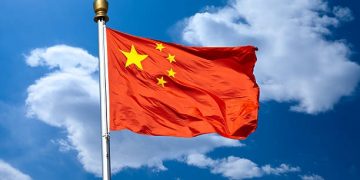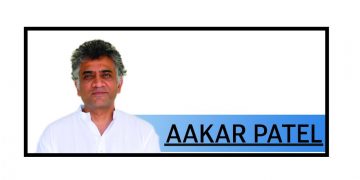Headline inflation Tuesday showed the weakest level in two years as food prices continued to cool. The benchmark consumer price index went up 3.63 per cent from a year earlier — down from 4.2 per cent in October.
Prices of vegetables declined by 10.29 per cent during the month while other essential food items such as pulses, egg, meat and poultry products turned cheaper due to weak demand and the pervading cash crunch.
Food prices which account for about half of the consumer price index are inching lower thanks to shrinkage in consumer demand across all product and service categories.
Economic activity across the board has come down substantially courtesy demonetisation. With cash having dried up and very slow remonetisation happening, people do not want to splurge. Purchases happen only if there is an essential spend to be made.
People hold back plans to buy unnecessary things. All this has resulted in a drop in consumer price index. A sharp decline in demand in the economy due to a cash shortage, caused by the ban on high value notes declared by the Prime Minster November 8, has added to broader pressure on prices.
A normal rainfall this year following two consecutive years of drought has also softened the price escalation. The latest data makes it look like inflation will stay below the Reserve Bank of India’s 5 per cent target for March, raising the odds that the central bank will resume lowering interest rates early in 2017.
A squeeze on consumption has resulted in fewer purchases, which in turn has resulted in less economic activities. Going forward, lower demand will cause lower production and under-utilisation of installed capacities. Poor production will mean shutting of plants and a corresponding fall in employment opportunities.
Larsen and Toubro laid off 14,000 of its staff last month owing to poor business climate. Many other companies have also lined up plans to downsize their hiring prospects. The slump has its effect on campus activities at B-schools.
The RBI in its latest bimonthly review last week had predicted a hefty 60 basis point drop in the country’s GDP figures. The main reason, the central bank said, for the dwindling GDP numbers is demonetisation.
Demand in the economy has been drained from over a month since the government’s move to scrap high-value currency notes with only need-based purchases as people continue to remain cash-strapped as supply of new currencies is not adequate to meet public demand. Prime Minister Narendra Modi’s surprise announcement has nearly sucked out 86 per cent of the total cash in circulation, leaving little cash at hands for disposal.
The problem has been accentuated by the sluggish cycle of remonetisation and distribution. State governments have written to the Centre to supply cash. Situations have been rather gloomy in rural areas. Farmers, small businessmen and traders have been rudely hit.
Fuel prices have been another factor. Although the latest fuel price movement was a cut of 20 per cent, fuel prices have risen over October and November. Recent agreements to cut oil output, both within Opec and between Opec and non-Opec producers will likely start soaking up a long-standing glut, pushing up crude prices.
Local fuel prices will start to rise again. Demonetisation has resulted in a marginal shedding of value of the Indian rupee vis-a-vis US dollar. It has resulted in a double whammy for common people — sluggish business opportunities and higher prices for fuel.
Latest data have revealed that exports have been affected. Contrary to the announcement by the government that demonetisation will do massive good to the common man and the economy will boom, what we have got is gloom all around.






































